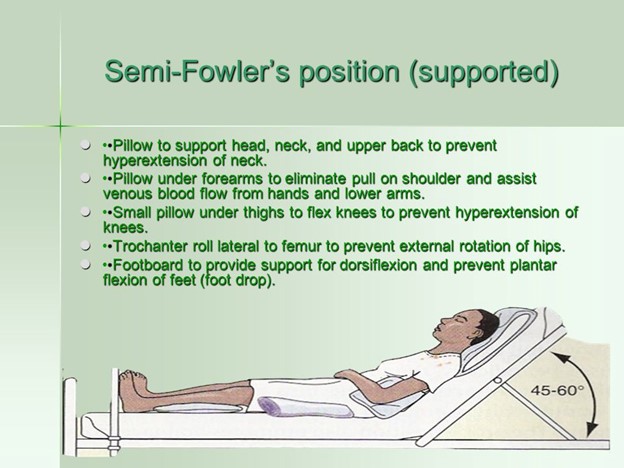A nurse is teaching a client who has schizophrenia a new prescription for lurasidone. Which of the following information should the nurse include in the teaching?(Select all that apply.).
Take this medication on an empty stomach.
Avoid drinking grapefruit juice while taking this medication.
Change positions slowly while taking this medication.
This medication can cause insomnia.
It is possible to experience involuntary movements while taking this medication.
Correct Answer : B,D
Choice A rationale:
Lurasidone does not necessarily need to be taken on an empty stomach. It can be taken with or without food.
Choice B rationale:

Avoiding grapefruit juice is essential with lurasidone as it can interfere with the drug's metabolism and increase the risk of side effects.
Choice C rationale:
Changing positions slowly is relevant for medications that can cause orthostatic hypotension, but lurasidone is not typically associated with this side effect.
Choice D rationale:
Lurasidone can cause insomnia in some individuals, so it is important for the client to be aware of this potential side effect. It is best taken in the evening to minimize this effect.
Choice E rationale:
While involuntary movements (extrapyramidal symptoms) can occur with some antipsychotic medications, lurasidone has a lower risk of causing these side effects compared to older antipsychotics. It is not a major concern with lurasidone treatment.
Nursing Test Bank
Naxlex Comprehensive Predictor Exams
Related Questions
Correct Answer is A
Explanation
Choice A rationale:

The nurse should maintain the client in a semi-Fowler's position to promote comfort and reduce the risk of complications related to appendicitis. This position helps to decrease pressure on the abdomen and may alleviate pain by reducing tension on the abdominal muscles.
Choice B rationale:
Administering an enema 1 hour prior to surgery is not indicated for a client with appendicitis. Enemas are generally not recommended for clients with suspected or confirmed appendicitis as they can potentially worsen inflammation and cause perforation of the inflamed appendix.
Choice C rationale:
Applying a warm pack to the client's lower abdomen is contraindicated in appendicitis. Heat can exacerbate inflammation and should be avoided in such cases.
Choice D rationale:
Placing the client on a clear liquid diet is not appropriate for appendicitis. Clients with appendicitis are typically NPO (nothing by mouth) to avoid stimulating the gastrointestinal tract and reduce the risk of rupture if surgery is needed.
Correct Answer is B
Explanation
Choice A rationale:
The statement "If I can keep my hemoglobin A1C less than 6.5%, I will be cured of diabetes.”. is incorrect. While maintaining an A1C level below 6.5% is a recommended target for some individuals with diabetes, achieving this level does not cure diabetes. Diabetes is a chronic condition that requires ongoing management and lifestyle modifications.
Choice B rationale:
Checking blood sugar levels before exercising is an important aspect of managing type 1 diabetes. Exercise can affect blood glucose levels, and knowing the current level helps the client determine whether it is safe to engage in physical activity or if adjustments to insulin or carbohydrate intake are needed.
Choice C rationale:
Having regular eye checks every 2 years is essential for clients with diabetes, but it is not the best statement that indicates an understanding of health promotion activities for a new diagnosis of type 1 diabetes mellitus.
Choice D rationale:
Soaking feet daily in warm, soapy water is not a recommended practice for clients with diabetes. It can lead to skin dryness and increase the risk of infection. Instead, clients with diabetes should practice daily foot inspections and keep their feet moisturized to prevent complications related to peripheral neuropathy.
Whether you are a student looking to ace your exams or a practicing nurse seeking to enhance your expertise , our nursing education contents will empower you with the confidence and competence to make a difference in the lives of patients and become a respected leader in the healthcare field.
Visit Naxlex, invest in your future and unlock endless possibilities with our unparalleled nursing education contents today
Report Wrong Answer on the Current Question
Do you disagree with the answer? If yes, what is your expected answer? Explain.
Kindly be descriptive with the issue you are facing.
